
[ad_1]
Supercars and hypercars, as we fans all know, are a few of the highest efficiency, most excessive autos that may set 4 wheels to the pavement. They’ve extra energy than the common household automotive, they sit decrease to the bottom and are sometimes formed to make the most of the airflow over the automotive so as to add downforce. They are often rolling artistic endeavors, or angular, offended, and able to assault the closest monitor and set a blistering lap time.
But, to a one, each supercar, and particularly each single hypercar, are the rolling outcomes of tens of 1000’s, typically tons of of 1000’s, of man-hours in analysis and growth. New supplies and composites. New methods of constructing and shaping the automotive. New applied sciences to enhance efficiency. These automobiles will not be costly merely for the sake of being costly, they’re costly as a result of they signify one of the best {that a} producer could make on the time, and may even outline what that producer is thought for. Very often, even with their stratospheric costs, the producer is taking a loss with every automotive offered. The right instance of that is “The billion greenback mistake,” the Lexus LFA, that fairly actually value Toyota over $1 billion USD on the time to develop, and so they offered them at about 1/3 the value wanted to recoup even the manufacturing prices.
So, in essentially the most literal sense, these supercars and hypercars are the very definition of the slicing fringe of motoring, slicing by means of what’s regular and anticipated to carry new concepts and improvements to the fore.
Pushing The Bleeding Edge Of Tech & Supplies
Ask any true supercar fanatic what they had been doing after they first laid eyes upon the Pagani Zonda. Some noticed the debut mannequin on the 1999 Geneva Motor Present. Others noticed it in {a magazine}, on a weblog, or on a TV program that was fortunate sufficient to get one to overview. It doesn’t matter what, nevertheless, everybody seen absolutely the perfection in carbon fiber that it was product of. Each single weave, the place two layers of the fabric met, was lined up exactly to not solely look good, but in addition present higher torsional power and general rigidity.
Nonetheless, for Horacio Pagani, he wasn’t glad with simply any common carbon fiber. Whereas Pagani Automobili produced Zondas, he tasked his supplies manufacturing and consulting enterprise, Modena Design, with arising with a model new materials, a carbon composite that will increase the power, however not the load, of standard carbon fiber. The consequence, after a number of years of growth, was “carbotanium.” It was a part of the development materials for the Zonda R, and was launched as the first materials used to make the Huayra.
Whereas the method to create it’s lengthy and concerned, the result’s a kind of fabric that mixes the very best strength-to-density ratio of any fiber, with the very best strength-to-density ratio of any recognized steel. Whereas regular carbon fiber begins to lose structural rigidity as temperatures enhance above 150 C (302 F), carbotanium can stand up to temperatures as much as 315 C (599 F) all day, day by day, earlier than any structural rigidity is misplaced. This lack of integrity resulting from excessive warmth is the core cause that the McLaren F1 had titanium engine mounts and struts, and why the engine bay was lined with gold foil because it was one of the best recognized warmth reflector on the time.
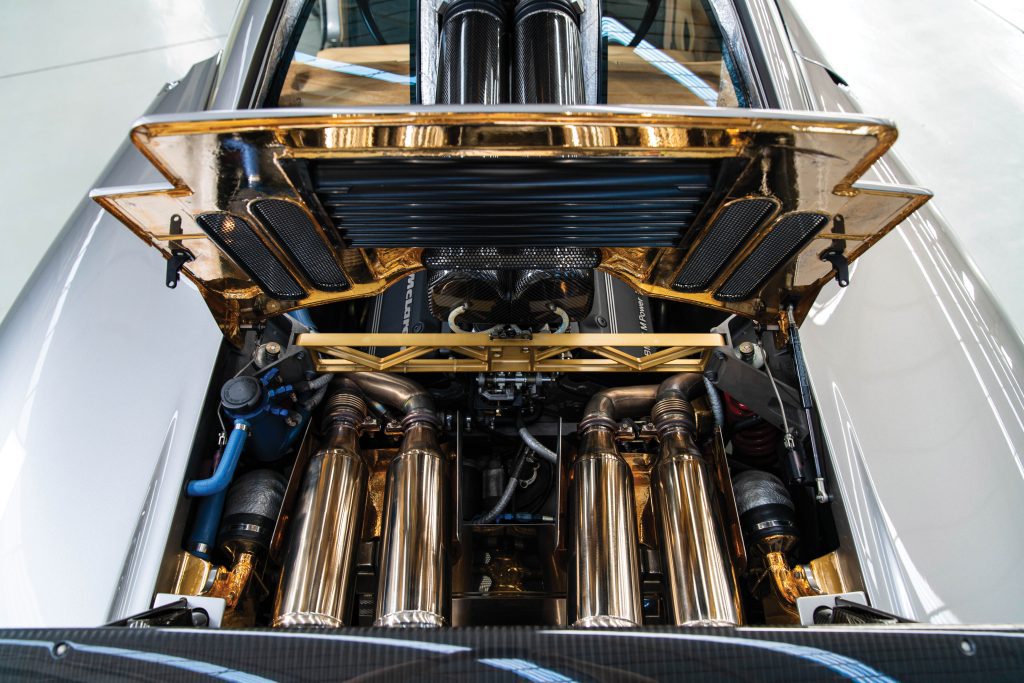



It’s not all about supplies, nevertheless. New applied sciences, engines, and efficiency methods are additionally key parts of supercars and hypercars, and may very well be argued as being extra vital than the supplies aspect of issues.
It’s because whereas it might not make sense to make a household sedan out of carbotanium, lots of the tech trickles all the way down to “regular” automobiles. TPMS (Tire Strain Monitoring System) is one thing one can find in nearly any new automotive, even the most cost effective econobox. 30 years in the past, you’ll discover it solely on the very best finish luxurious automobiles and a few excessive tech supercars, after Porsche launched it with the 959 supercar. Bringing the McLaren F1 again into issues, not even it, the world’s first hypercar, had TPMS built-in.




One other instance is the Holy Trinity of Hypercars: The Porsche 918 Spyder, the Ferrari LaFerrari, and the McLaren P1. Every of them took the idea of a hybrid car and flipped it on its head. As an alternative of utilizing hybrid know-how to extend gas effectivity and lengthen vary, they launched the world to efficiency hybridization. The electrical motors had been used to spice up energy to almost 1,000 HP, torque-fill whereas the semi-automatic transmissions modified gears, and even help in braking by means of capturing kinetic power to recharge the batteries.
Virtually as a direct consequence, new efficiency hybrid supercars began to pepper the panorama for the reason that final of these three automobiles left the manufacturing facility. For instance, Lamborghini introduced out the mild-hybrid, super-capacitor Sian FKP, and Ferrari introduced the SF90 Stradale to the street, which sarcastically sufficient has extra energy and accelerates quicker than the hypercar that spawned it. Even now, in 2023, we’re beginning to see increased finish sports activities automobiles begin to embody efficiency hybrid choices, equivalent to with the Corvette E-Ray that’s coming in 2024.
The Excellent Platform For New & Loopy Concepts
A producer that has mixed each the bleeding fringe of supplies and the slicing fringe of tech is Koenigsegg. By definition a boutique producer as they solely produce between 30 to 40 automobiles per 12 months, all of their fashions have nonetheless been nothing wanting milestones. The unique CC8S and CCR fashions had been the primary hypercars designed from the outset to deal with E85 gas, alongside common petrol. The Agera was the primary hypercar or supercar with a dual-clutch transmission utilizing just one enter shaft, to save lots of weight and velocity up shifts.
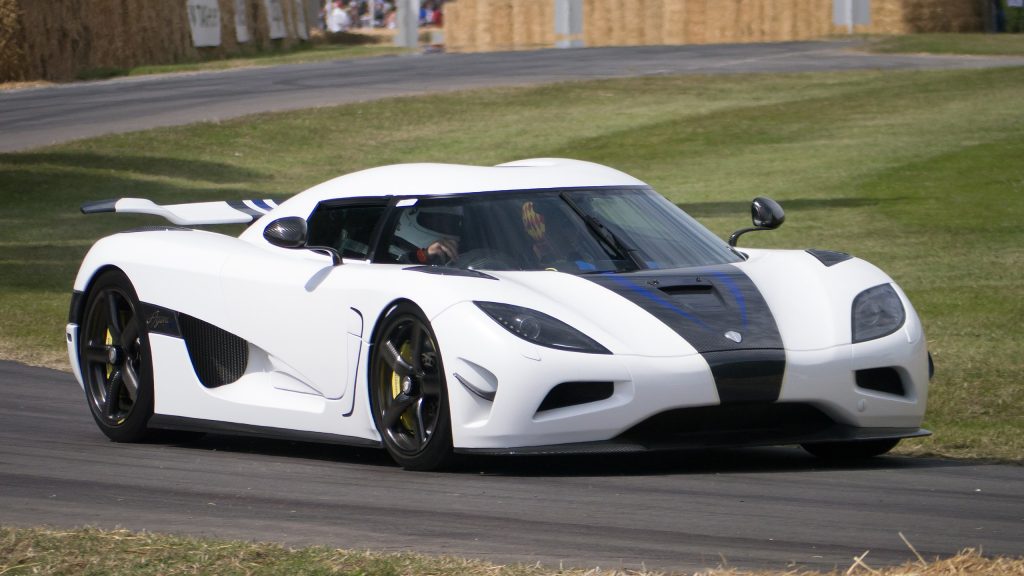



Nonetheless, the right instance of their craziest concept that brings all the pieces collectively in a wise means is the Gemera. A four-seat 2+2 hyper-coupe, when Koenigsegg is thought for two-seat hypercars, with one of the vital excessive examples of a efficiency hybrid system carried out anyplace. It combines a “Tiny Pleasant Big” 2.0L twin-turbo, camless inline-three engine at 590 HP, driving the entrance wheels, with three electrical motors. One motor drives every rear wheel, and a 3rd sits on the crankshaft, rated at 500 HP for the wheels and 400 HP for the crank, and a mixed whole of 1,100 HP of electrical energy alone.
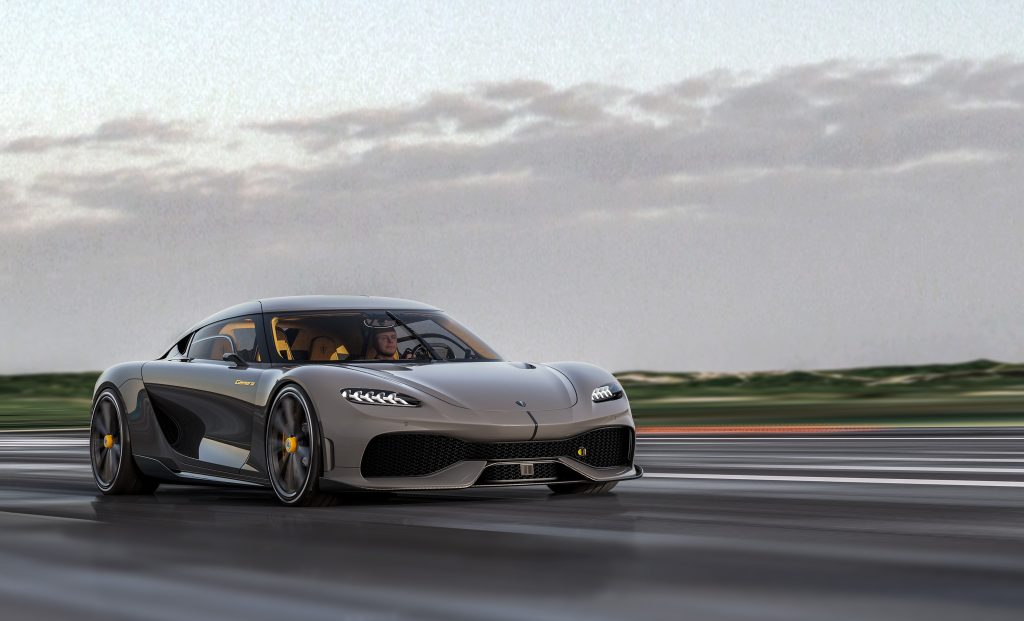



Why it is a loopy instance of a efficiency hybrid is that the crank mounted motor can drive the entrance wheels by itself, with the rear motors giving the automotive electrical AWD. The Gemara can run like this for about 30 miles (50 KM). The place it kicks it up a notch is when the inline-three fires up, because it doesn’t disconnect the crank hybrid, as an alternative utilizing it to spice up the facility going to the entrance wheels. When working at absolute peak energy, the Gemara shoves out 1,700 HP and a pair of,581 lbs-ft of torque.
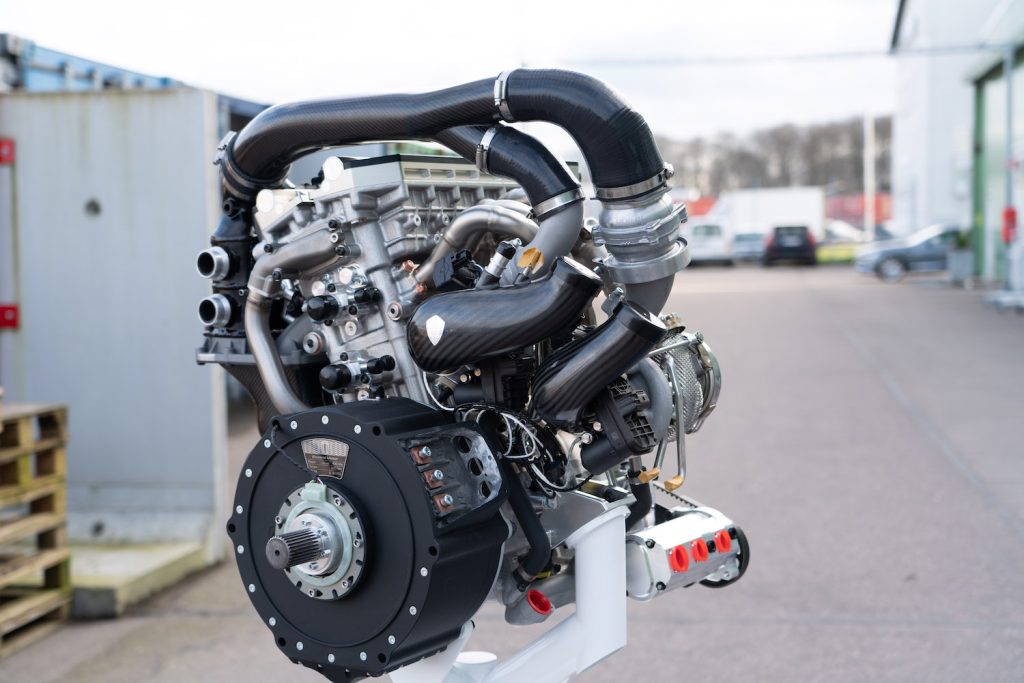



On the supplies aspect of the coin, the Gemera is generally made out of a brand new weave of carbon fiber, in addition to different carbon composites, in its monocoque chassis. It makes use of aluminum for subframes and the engine cradle, and has splashes of titanium all through as nicely, together with the bespoke Akrapovic exhaust. Contained in the cabin, it’s luxurious hypercar heaven, with uncovered carbon fiber, the best of leathers, separate infotainment methods for the entrance and rear throughout 4 of the very best decision contact screens but fitted to a automotive… the record simply goes on and on. A very bonkers thought, realized in carbon and tech by Koenigsegg.
They don’t have a monopoly on loopy, nevertheless. The McMurtry Spéirling was designed, of all issues, to be a center finger to the world of hypercars. Their argument is that automobiles are getting heavier and heavier, together with hypercars and supercars, and so they got down to create the lightest-weight EV hypercar potential. It’s quick, squat, slender, and has one seat. Each floor of the automotive is designed with aerodynamics in thoughts, from the quad consumption nostril to the way in which that the cockpit bubble is formed to direct air over and beneath the rear wing. It carries two electrical motors, every good for 500 HP, for a mixed ranking of 1,000 HP.
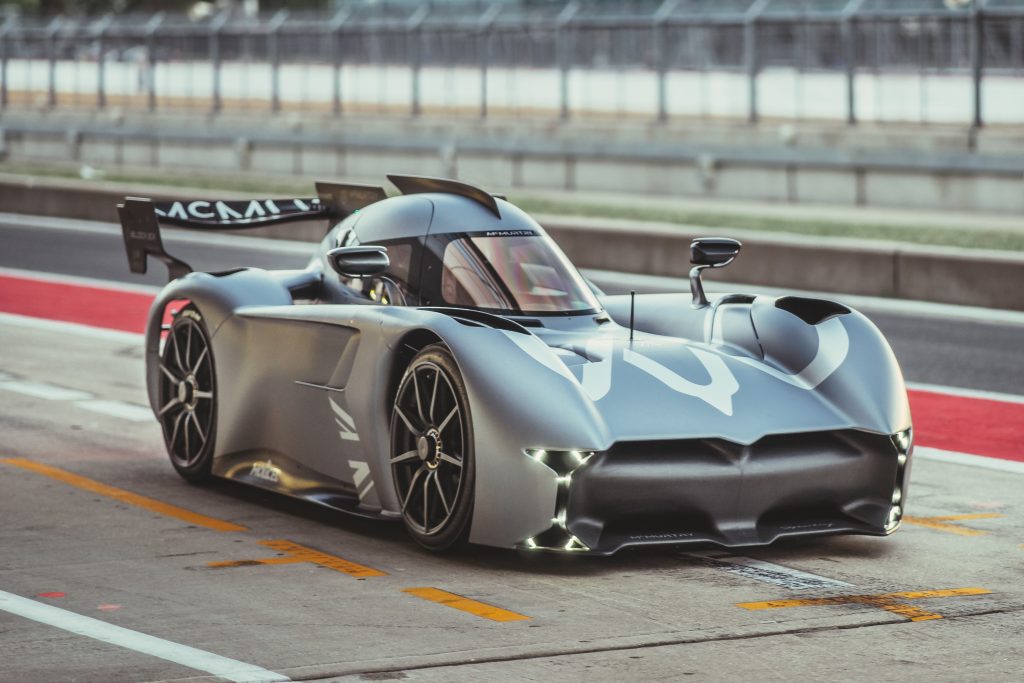



However that’s not why it’s loopy. No, that comes from the truth that it solely has one seat as a result of the place the passenger would sit inline is a big-ass fan. Via a collection of ports on the underside of the automotive, the fan sucks up air and fires it out the rear by means of a pair of exhaust slats, fairly actually vacuuming the automotive all the way down to the street. This offers it insane downforce, and relies on the concept Gordon Murray imagined when he designed the 1978 Brabham BT46 F1 automotive, which used a fan to suck the automotive to the street in addition to cool the engine, and has repeated along with his GMA T.50 supercar, the non secular successor to the McLaren F1 he additionally designed.
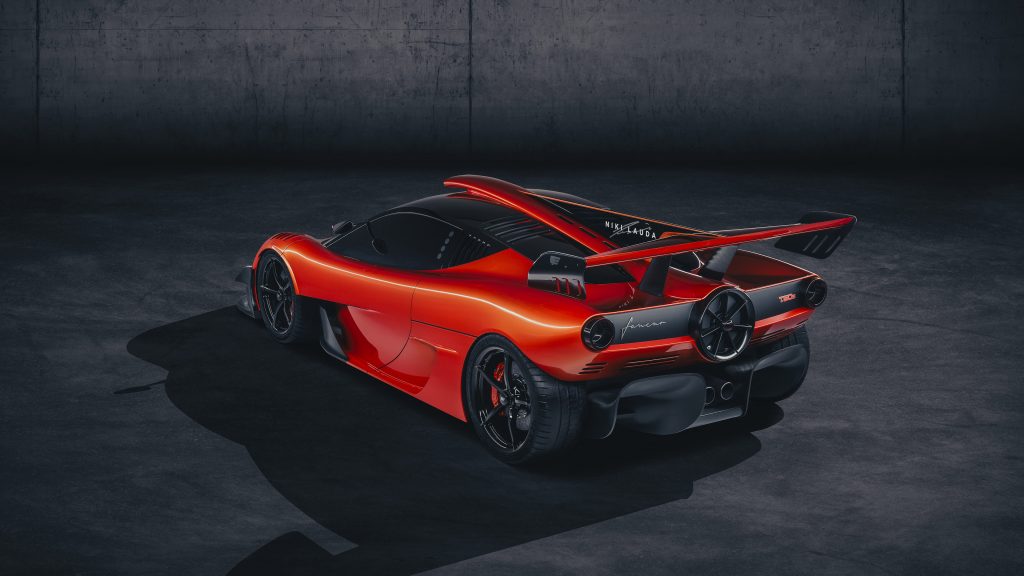



By being small, modern, and extremely light-weight at beneath 1,000 kg (2,205 lbs), the McMurtry at present holds the document not simply because the quickest accelerating EV of all time, however the quickest accelerating road-legal automotive. Ever. It can do 0 to 60 in 1.4 seconds, 0 to 100 MPH in 2.6, and 0 to 145 MPH in 4.98 seconds, and can shatter the quarter mile in 7. 97 seconds. That is so brain-meltingly quick {that a} driver is experiencing the identical quantity of G-force whereas accelerating to 60 MPH that astronauts felt throughout the area shuttle liftoff.
That insane efficiency, in addition to the design ideas of most downforce and lightest weight, exhibits a good suggestion of what may very nicely be coming within the subsequent decade.
How The Chopping Edge Will Redefine The Coming EV Supercar Revolution
In essentially the most technical sense, we’re already within the EV revolution, no less than in “regular” passenger automobiles and a few sports activities automobiles. Sure, there are electrical hypercars equivalent to the Rimac Nevara, the Lotus Evija, and the like, however there’s a enormous hole between excessive efficiency sports activities EVs and the EV hypercars. There are, because it stands, no EV supercars which can be outlined as such.
That is the place the innovative, in each supplies and tech, might be important. You may need heard point out of a fabric referred to as graphene, which is a layer of carbon and graphite just one atom thick. What’s vital about it’s that it’s a zero-gap semiconductor, which in layman’s phrases implies that it each conducts and shops electrical energy extraordinarily nicely. As you might have assumed, which means that by stacking layers of graphene, you in essence create a battery, besides this one might be extraordinarily light-weight, cost a lot quicker than any battery right now, be capable of deal with a a lot wider vary of temperatures, and most significantly carry a a lot bigger cost than present batteries.
As nicely, new supplies are being invented practically 12 months on 12 months now. New applied sciences to fabricate and form these supplies are additionally coming to the fore, with an incredible automotive instance being the Czinger 21C, a hypercar that’s principally 3D printed. Shapes that no carbon composite may very well be manufactured in are permitting for all-new concepts of stability, dealing with, rigidity, and efficiency to be explored.
There may be an EV supercar revolution on the way in which, make no mistake. Porsche, Audi, Ferrari, Aston Martin… you title it, every one in all them has a excessive efficiency, “super-EV” on the way in which. The one query remaining is: Who would be the first to outline this all new class of supercar with the primary mannequin?
[ad_2]